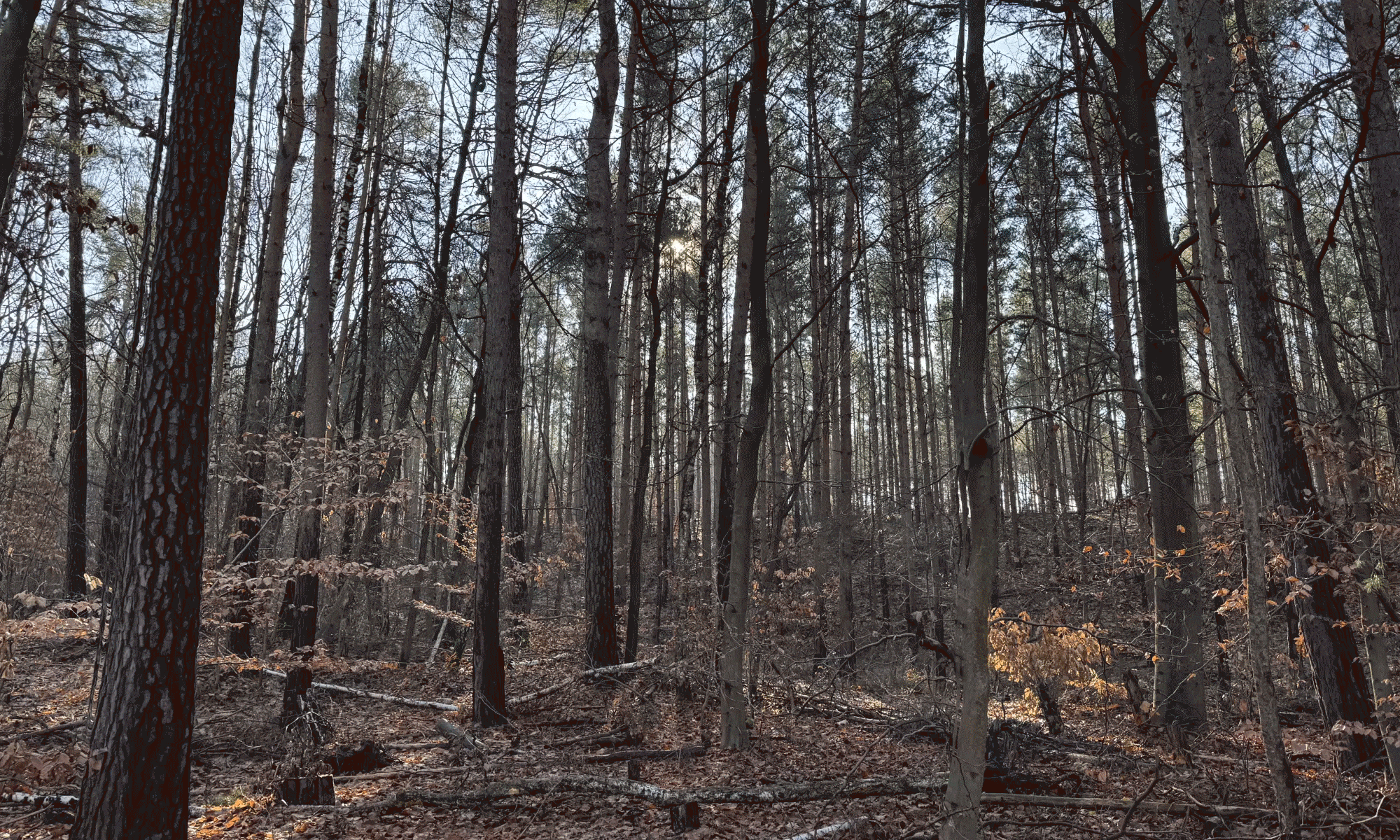Dies ist eine alte Version des Dokuments!
Inhaltsverzeichnis
This is meant to digitally represent of life and nature. E.g. data that capture multimodal information of flora and fauna. Using video audio and morphology.
Lets start with a simple example of trees and find out what it needs to be provided under given technological capabilities to represent a tree in its fullest.
Pinus sylvestris (Scots Pine)
Common Name: Scots Pine
Scientific Name: Pinus sylvestris
Family: Pinaceae
Conservation Status: Least Concern (IUCN)
Description
The Scots Pine is a coniferous tree native to Europe and Asia. It is characterized by its reddish-brown bark, needle-like leaves, and tall, straight trunk. It is one of the most widely distributed pines in the world and plays a crucial role in forest ecosystems.
Morphology
- Height: 25-35 meters (can reach up to 45 meters)
- Leaves: Needle-like, bluish-green, arranged in pairs
- Bark: Thick, orange-brown on young trees, turns scaly with age
- Cones: Small, woody, brown, and oval-shaped (3-7 cm long)
- Lifespan: Up to 700 years
3D avatar
Commercially: https://evermotion.org/shop/show_product/pinus-sylvestris-16-am219-archmodels/15682
Creative Commons:
Habitat & Distribution
Scots Pine is found across Eurasia, from Scotland to Siberia. It thrives in well-drained sandy or rocky soils and is commonly found in boreal forests.
Genetic Information
| Marker | Sequence/Details |
|---|---|
| Chloroplast Genome | Complete cpDNA sequence available |
| ITS (Internal Transcribed Spacer) | Used for phylogenetic studies |
| Microsatellites (SSR) | Genetic markers for population studies |
| Genome Size | ~23-24 Gbp |
Multimedia
Images
Audio
Video
Ecological Importance
Scots Pine provides habitat for various bird species, insects, and fungi. It is an important species for timber production and afforestation projects.
References
- Farjon, A. (2017). *Pines: Drawings and Descriptions of the Genus Pinus*.
- Genetic data from NCBI GenBank.
- Field recordings from [source].




